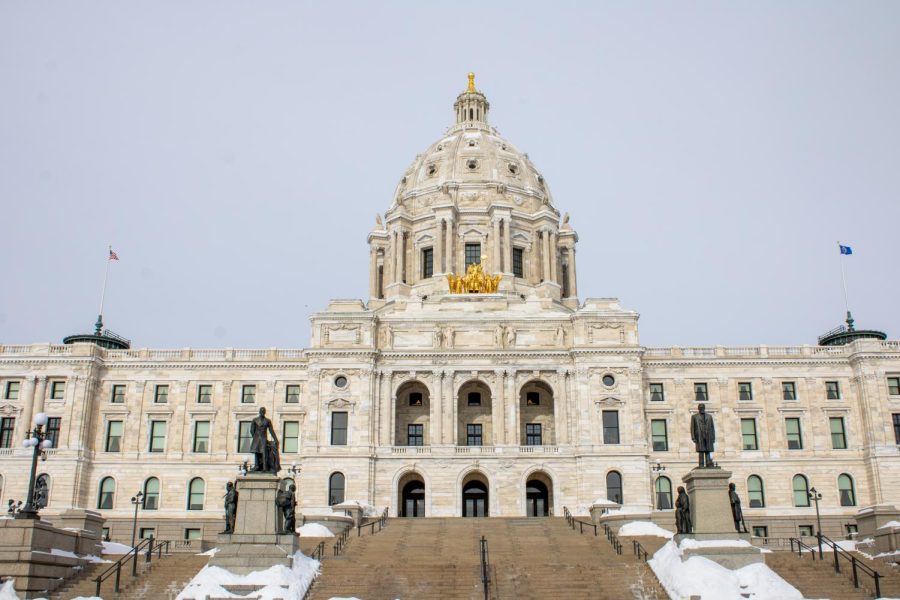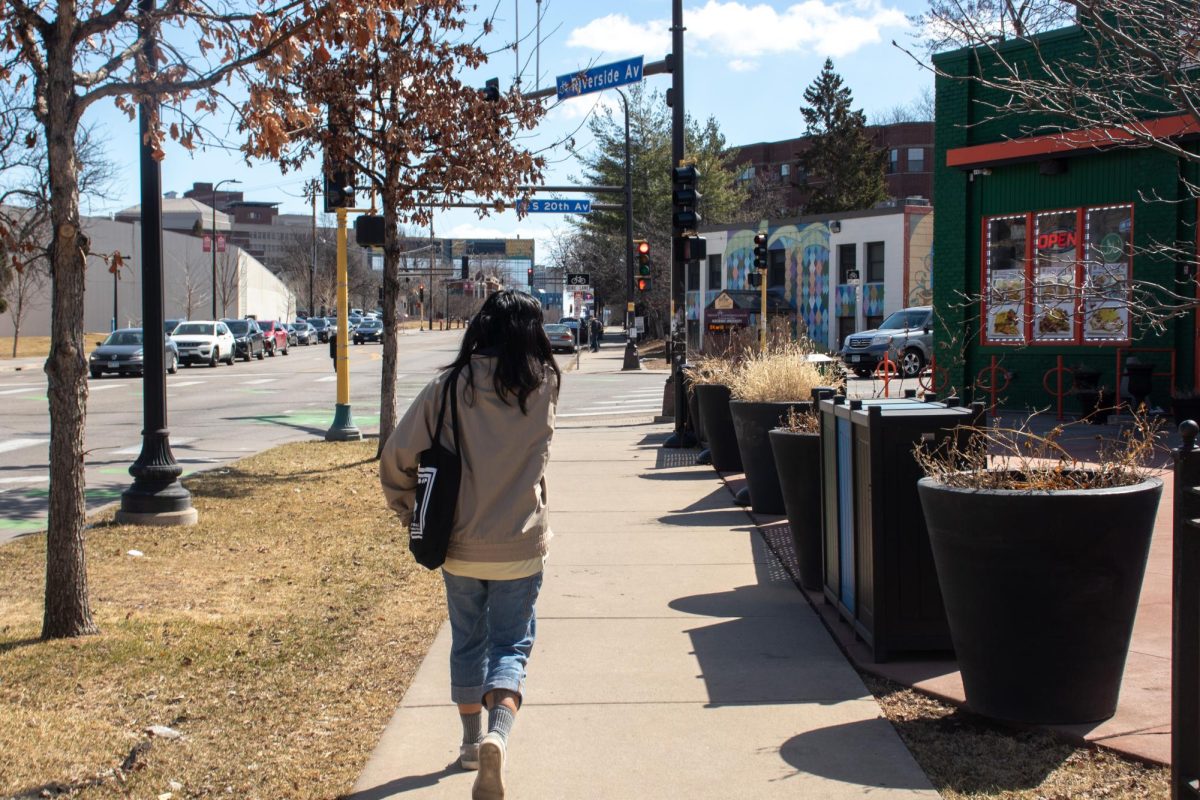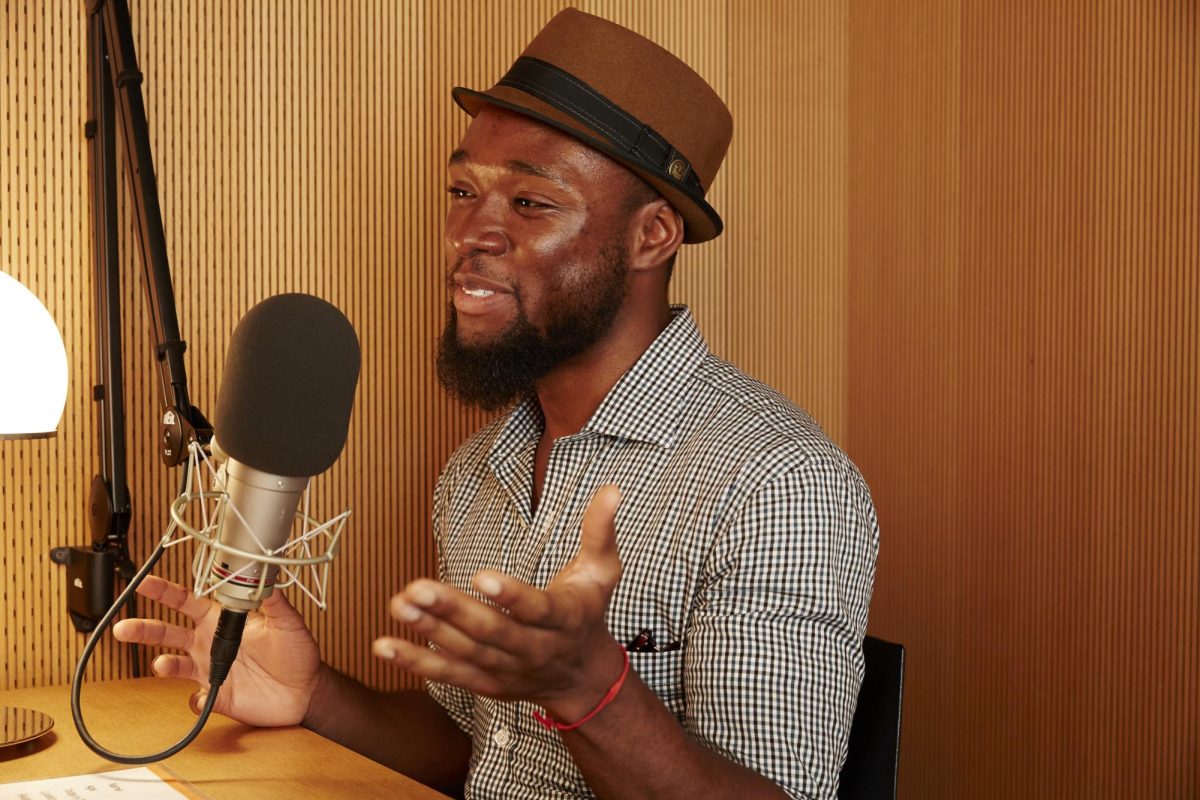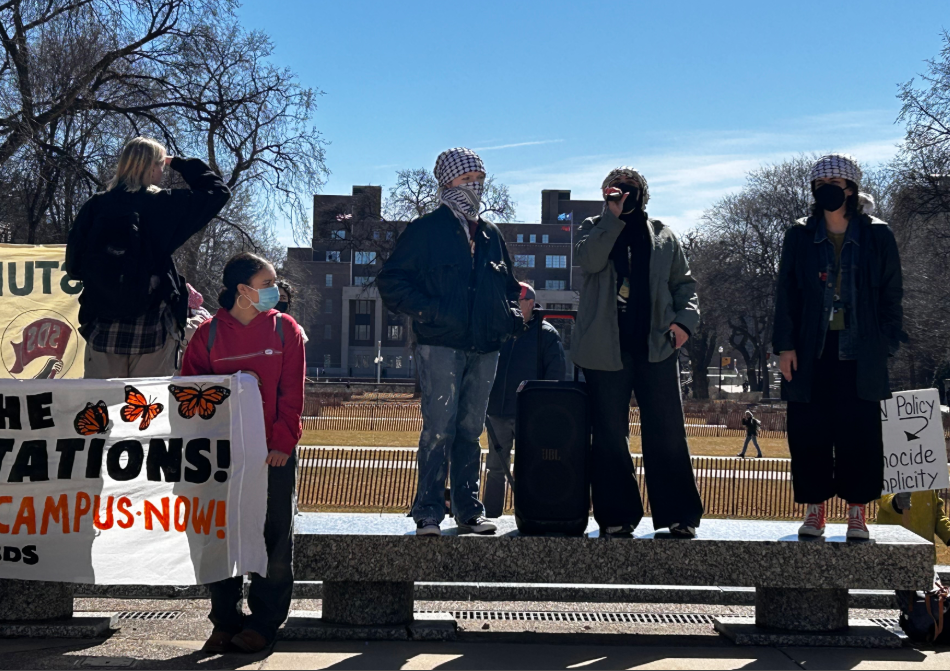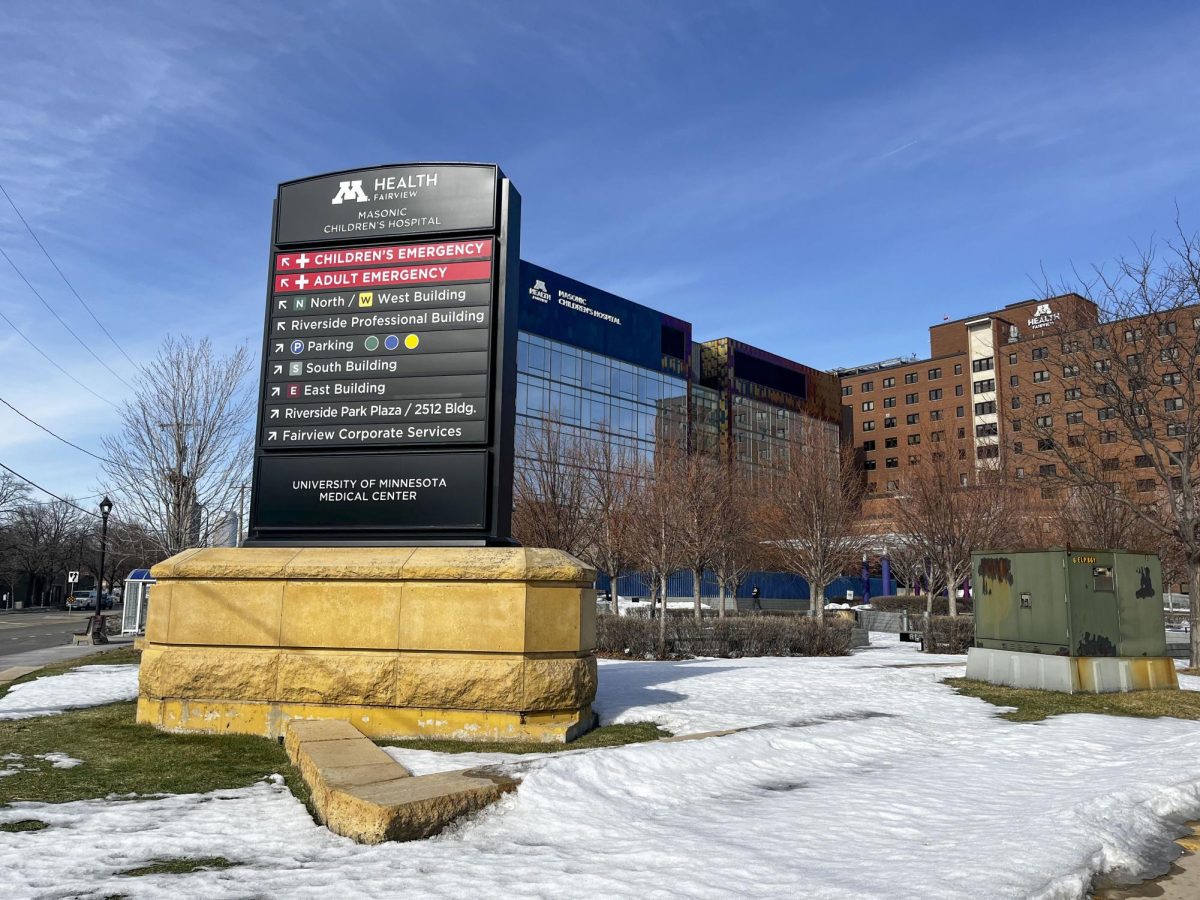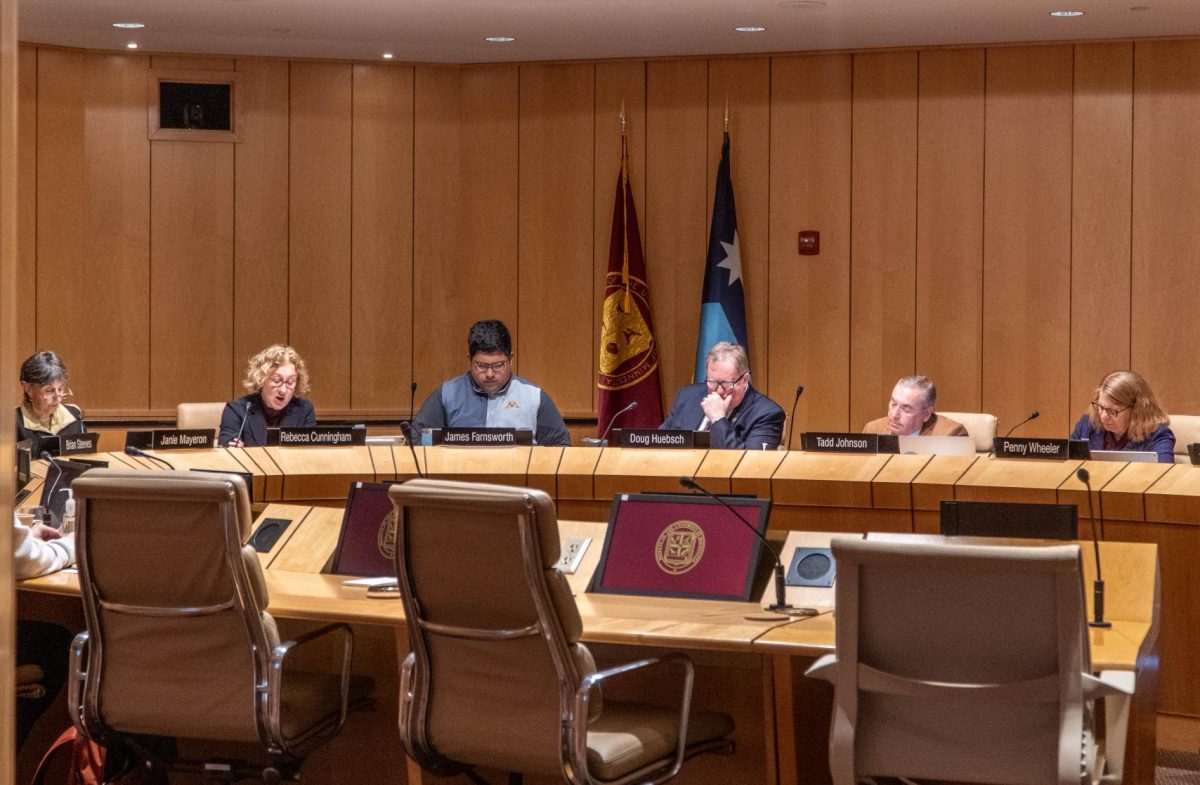President Joan Gabel presented the University of Minnesota’s $205 million funding request for the next two years to the House of Representatives Higher Education Finance and Policy Committee on Tuesday. The University’s request was lower than Minnesota State System of College’s request, which was $350 million.
If the University receives the full funding request from the state, tuition is expected to increase on the Twin Cities and Rochester campuses 3.5% each year for the 2024 and 2025 fiscal years, Gabel said at the presentation.
The University generates revenue through several sources, including tuition and state appropriations, as well as grants, contracts, gifts and auxiliary sales. Nearly one-fourth of the University’s current $4.2 billion budget comes from tuition revenue, while about 17% comes from state appropriations.
If the state does not grant the University the full request, there’s a possibility tuition could increase beyond 3.5%, depending on the other revenue streams. The Board of Regents ultimately votes on tuition increases, typically at the June board meeting.
The University increased tuition 3.5% for the 2022-23 school year.
Multiple committee members raised concerns about the high cost of in-state tuition at the University and raising tuition more than 3% in the future, questioning how it could impact enrollment and the University’s competitiveness with surrounding states.
“Our net price that the average Minnesotan pays is virtually identical to our neighboring states,” Gabel said. “If we didn’t have to increase tuition, we would be delighted not to.”
Gabel cited the University’s philanthropy and scholarships for lower student debt rates compared to neighboring institutions like the University of Iowa, which has lower in-state tuition but higher average student debt. Gabel also said the 3.5% tuition increase is lower than the proposed increases at most of the University’s peer institutions.
Rep. Ginny Klevorn (DFL-Plymouth) said she would want to know what it would cost the state to cover the tuition increase.
“I would always prefer the institution to come to this body with what you really need,” Klevorn said.
Gabel pointed to declining state support in recent years for tuition increases. Over the past 30 years, tuition has increased from 12% to about 25% of the University’s total revenue because state funding dropped from nearly 40% to less than one-fifth of the University’s revenue.
To make up this difference in funding and account for increasing inflation, the University raises tuition and implements internal budget cuts, Gabel said.
The University cut administrative costs from 11.6% to 10.8% of total costs over the past 18 months through the PEAK initiative, Gabel said. The PEAK initiative began in July 2021 and is focused on cutting expenses and increasing operational efficiency.
Breakdown of the $205 million
For funding the University’s core mission, which covers compensation, operational support and student services, the University requested $45 million in 2024 and $90 million in 2025.
The University requested another $30 million in both years for the Minnesota Resident Scholarship, which aims to recruit and retain undergraduate Minnesota residents and increase enrollment at the University’s system campuses in Morris, Crookston and Duluth.
Lastly, the University requested $10 million over the two years for investments in public safety. Gabel said the money would go toward increasing officers, cameras and security equipment.
Gabel said if the University does not receive the full $10 million ask for public safety, the University will continue to increase lighting and officers, working with the Minneapolis Police Department and working with the Strategic Safety Advisory Committee, but this work will take more time.
Multiple representatives shared concerns from some of their constituents about safety around the University.
“There are very serious problems with crime that I think are not being adequately addressed, and that certainly has been the experience of my constituents,” Rep. Kristin Robbins (R-Maple Grove) said, citing instances of her constituents being carjacked in the University area.
A declining enrollment systemwide
Enrollment has decreased about 6% systemwide since 2013, which has resulted in a decrease of $60 million in annual tuition, Gabel said. Each of the five campuses experienced a decline in enrollment over the past decade except Rochester and the Twin Cities.
While Gabel said each campus has capacity to enroll more students and increase retention, Morris has experienced the largest enrollment decline, with the student body decreasing nearly 45% since 2013.
“Across the board, we’re seeing, I think, a loss of appreciation for what liberal arts colleges offer our students,” Gabel said. “A lot of this is storytelling and really educating potential students about what is or isn’t available on a campus like that, and I think we have some work to do there.”
Rep. Mohamud Noor (DFL-Minneapolis) said accepting more PSEO students to the University could help increase enrollment and retention.
Gabel said streamlining, improving and increasing degree programs to cater to students’ needs are potential ways to increase enrollment at the system campuses. She also highlighted the student experience at the University.
“We are not perfect all the time…but we think we do an amazing job on the totality of the student experience,” Gabel said. “That’s certainly what our students report.”
Next, the University will present its capital investment request to the committee on Tuesday.


